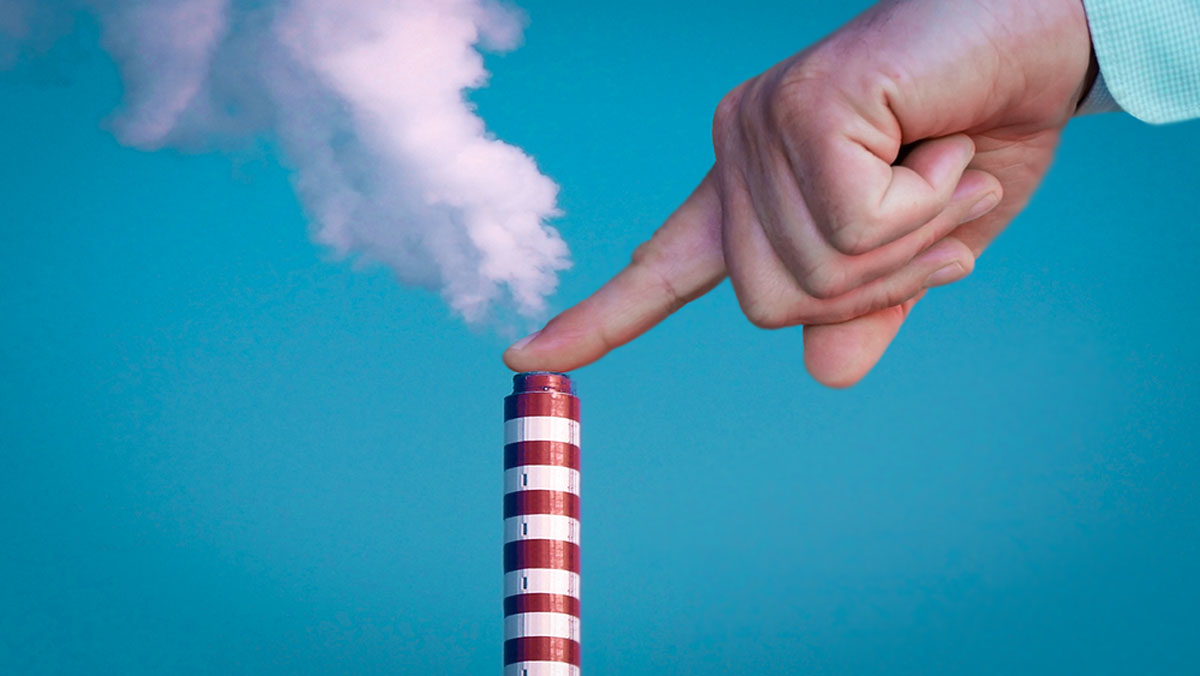Money vs. Decarbonization: New EU Rules for Granting State Aids
The European Commission has announced new rules for granting state aids, these following to be aligned with the objectives and targets assumed by the European Union (EU) under the European Green Deal, as well as with other recent energy and environmental regulations, given the increased importance given to environmental protection. After the adoption of the new guidelines, Member States will have the obligation to align their state aid schemes with these changes by 2024. The EU has proposed the reduction of greenhouse gas emissions by 55% compared to 1990 and obtaining climate neutrality in 2050. Huge investments in low-carbon technologies, including investments in the energy sector of approximately EUR 350 billion per year, will be required to this end.
The new rules extend the categories of investments and technologies that the Member States can support, to cover all the technologies that can contribute to fulfilling the objectives of the European Green Deal. The revised rules allow, in general, an aid amount of up to 100% of the funding gap, especially if the aid is granted within a competitive bidding process, and introduce new aid tools, such as carbon contracts for difference, to help Member States respond to the greening needs of industry.
Tax reduction for large energy consumers
The European Commission will also introduce a number of incentives for large energy consumers, granting the possibility to reduce certain taxes on the electricity delivered to them. The rules aim at limiting the risk that, due to these taxes, activities in certain sectors could be transferred to places where the environmental protection measures are missing or are less ambitious than in the EU. To support the decarbonization efforts necessary to fulfill the EU’s climate targets, the new guidelines also include the reduction of all taxes that hinder decarbonization and social policies.
“Europe will need a considerable amount of sustainable investments to support its green transition. Although a significant share will come from the private sector, public support will play a role in ensuring that the green transition happens fast. (…) Among others, they will facilitate investments by Member States, including in renewables, to accelerate the achievement of our Green Deal, in a cost-effective way. This is a major step to ensuring that our state aid rules play their full role in supporting the European Green Deal,” said Margrethe Vestager, commissioner in charge of competition policy.
Aids to eliminate coal-fired power plants
The new state aid guidelines also include a section under which aids can be granted for the closure of coal and oil shale plants, therefore facilitating faster decarbonization of the energy sector. There is also increased flexibility of the conditions imposed for the state aid granted for green projects, eliminating the obligation to notify the European Commission. Also, the new state aid guidelines stimulate investments in flagship areas such as energy performance of buildings and clean mobility, but also the reduction of taxes in exchange for companies’ commitments to reduce their carbon footprint.
Strong coal demand in China and India
According to International Energy Agency (IEA) estimates, advances in solar energy and other clean energy technologies have failed to keep pace with global electricity demand as the world’s economies recover from the COVID 19 crisis. On the other hand, China and India’s appetite for fossil fuels will jeopardize the targets set, at least for the next three years, in terms of reaching the zero-carbon target by 2050, the IEA shows in its latest market study on the global coal market, given that the world’s most numerous nations provide two-thirds of global coal demand.
The Coal 2021 report, which includes data from 2019 and 2020, shows that the hope that 2018 be the peak of global coal demand was a mistake. The study also notes a recovery in coal demand in both the US and Europe, even though steps have been taken to switch to solar and other low-carbon energy.







